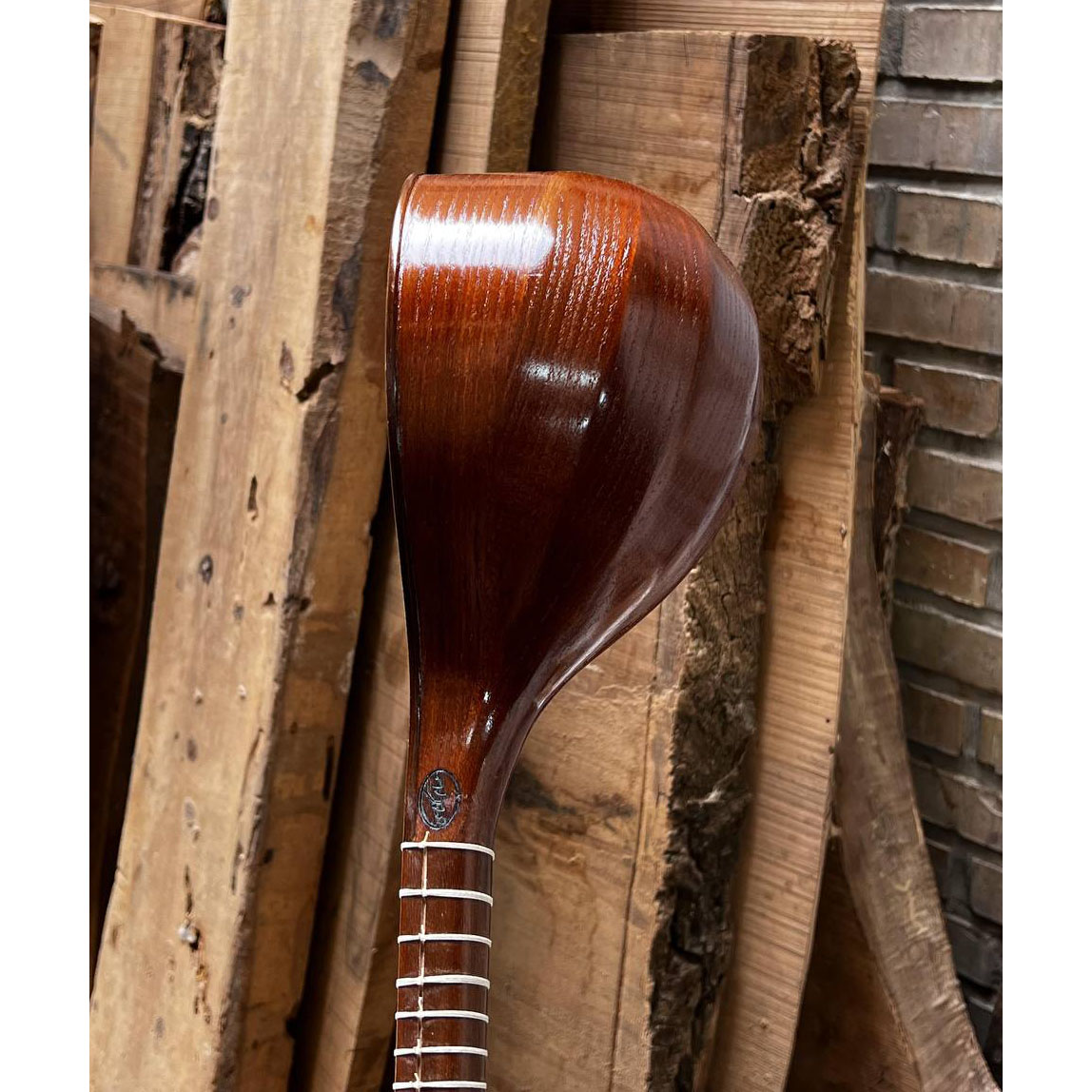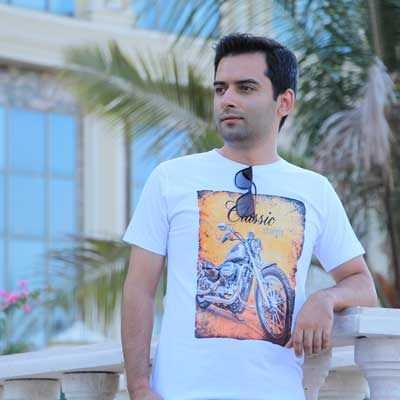Setar
لا توجد منتجات تتوافق مع اختيارك.
The Setar is a traditional Persian musical instrument from the lute family. It is a long-necked, fretted instrument with a pear-shaped body, typically mulberry wood. The Setar has four strings and is played with a metal plectrum on the right hand’s index finger. The left-hand presses the strings against the frets, creating different notes and melodies.
The Setar is regarded as one of the most important instruments in Persian classical music and is known for its rich, melodic sound. At the Ersaly store, we offer a variety of high-quality setars for musicians and enthusiasts alike, along with other traditional Persian musical instruments.
Persian Setar Music
Persian setar music is a captivating blend of ancient traditions and contemporary expressions. Often characterized by its melancholic, introspective nature, setar music seamlessly weaves together complex melodies, intricate rhythms, and soulful improvisations. The setar’s unforgettable timbre resonates within Persian classical music, Sufi devotional practices, and modern fusion genres, reflecting the ongoing evolution of Iran’s musical landscape.
Persian Setar Instrument
The Persian setar instrument is a work of art, meticulously crafted to produce a distinct and evocative sound. Its delicate frame is made from mulberry wood, while the fingerboard consists of walnut or rosewood. The setar’s four strings are typically twisted silk or nylon, while its movable frets are fashioned from gut or nylon. Each setar is a testament to the skill and dedication of its maker, ensuring that every note played is imbued with a deep sense of history and cultural pride.
How to Play Persian Setar
Playing the Persian setar requires dedication, patience, and a genuine appreciation for the instrument’s rich heritage. Start by familiarizing yourself with the setar’s anatomy, tuning, and playing techniques, such as plucking the strings with your index finger.
Gradually progress to exploring various maqams and refining your skills through practice and guidance from a knowledgeable teacher. Embrace the setar’s expressive potential and immerse yourself in the mesmerizing world of Persian music.
Buy Persian Setar for Sale
When searching for a Persian setar for sale, it is crucial to identify reputable sources and evaluate its craftsmanship, sound quality, and aesthetic appeal. Online marketplaces, specialized music stores, and local artisans often offer diverse setars, catering to various budgets and preferences. Take your time choosing the perfect setar that resonates with your style and musical aspirations.
Persian Setar Strings
The Persian setar strings are vital to the instrument’s distinct timbre and responsiveness. Traditionally crafted from twisted silk, modern setar strings are often made of nylon or steel. They come in different gauges or thicknesses, influencing the setar’s sound and playability. Changing strings and maintaining optimal tension ensures a consistently vibrant tone.
Persian Sitar Sound
The Persian setar sound is a captivating blend of haunting melodies, intricate rhythms, and emotive expressions. Its unique timbre, characterized by a warm, resonant quality, is produced by plucking the strings with the index finger. The setar’s sound transports listeners on an emotional journey through the depths of Persian musical heritage, evoking a sense of longing, introspection, and spiritual connection.
Iranian Sitar instrument
The Iranian sitar, often confused with the Indian sitar, is an alternative name for the Persian setar. This graceful stringed instrument boasts a unique sound and intricate design deeply rooted in Iranian musical traditions. Its versatility and emotive capacity have cemented its place as a beloved feature of Persian classical music, Sufi practices, and contemporary fusion genres.
FAQs:
What is a Setar instrument?
The setar is a traditional Persian musical instrument with a long neck, pear-shaped body, and four strings. It is played with a metal plectrum and is known for its distinct melodic sound.
How is the setar played?
The setar is played by plucking the strings with a metal plectrum while the left hand press the strings against the frets to produce different notes and melodies.
What genre of music is the setar used in?
The setar is primarily used in Persian classical music, where it plays a central role in creating melodic and intricate compositions.
Where can I find a setar instrument at the store?
At the Ersaly store, we offer a range of high-quality setar instruments for musicians and enthusiasts. Our collection includes various styles and designs to cater to different preferences and skill levels.




